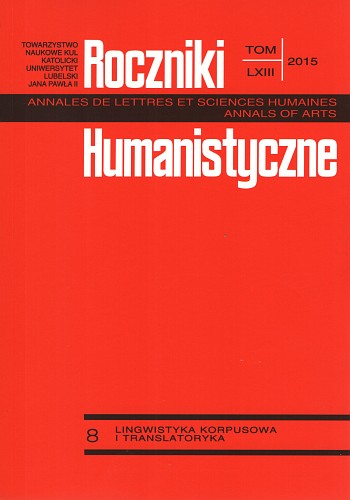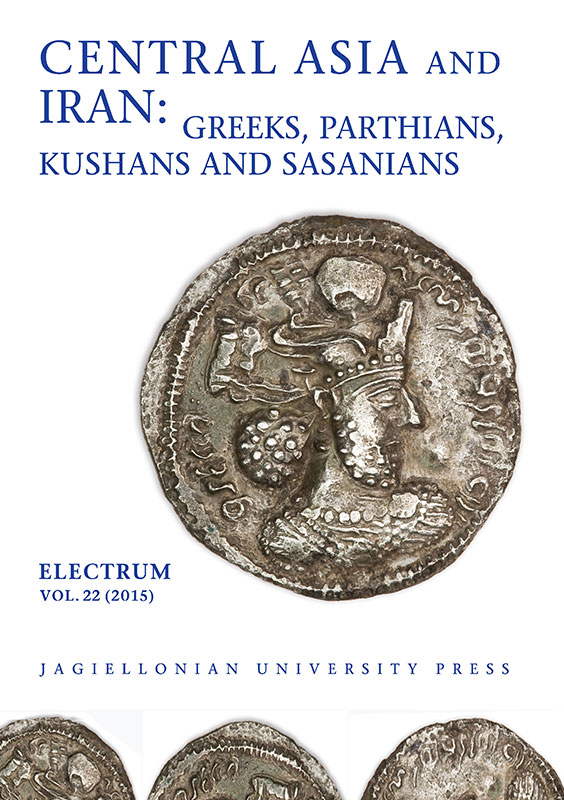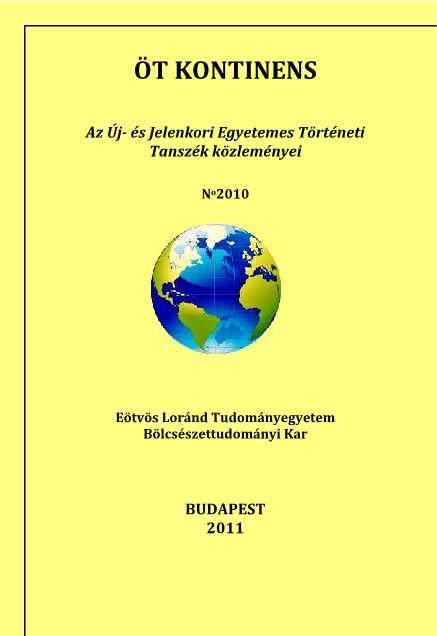
Isaccea–Noviodunum. Artefacte din materii dure animale descoperite în 2014
Isaccea, Tulcea County (Noviodunum) - osseous materials discovered during 2014 archaeological campaign. The archaeological researches carried out in 2014 in various sectors of Isaccea-“Fortress” site (Noviodunum), Tulcea County (NOV) recovered several osseous materials artefacts. Their study continues the systematic analysis of this type of artefacts discovered at Noviodunum, which started in 2013. Such artefacts already form here a rich collection, gathered during the past six decades of archaeological excavations. The dispersion of discoveries in various sectors of the site does not allow us to formulate some detailed conclusions. We need to take into account the existence of some workshops where osseous materials artefacts (especially those made of red deer antler) were manufactured during the Roman period and Middle Ages (the 2nd–3rd centuries AD; 13th century). These items were probably used in composite artefacts such as: tools, weapons, clothing accessories, furniture accessories, various wooden artefacts, weapons etc. The raw materials discovered in various stages of manufacture (blanks, unfinished; raw material etc.) are proofs in this respect. This analysis aims at extensively highlighting the latest discoveries and the related primary data. The data in the catalogue and tables 1-2 provide all significant information regarding the artefacts, according to the current methodology in the field. In order to achieve the objectives of the study, optical means of observation were used; complete sets of images at various scales were taken (microscopic including), thus initiating an image data base of artefacts discovered at Noviodunum. The catalogue includes artefacts coded NOV/2014_1 and numbered from 1 to 9, classified from typologically. Chronological and cultural data related to the studied artefacts were provided by the author of the researches (A. D. Stănică) and were correlated (wherever possible) with the observations regarding the typological and technological specifics. The data are preliminary and can be revised. Each artefact was studied according to a standard protocol comprising several levels and components in order to register the data in an extensive/exhaustive manner (see the catalogue). The typological categories that form the assemblage are presented according to Beldiman 2007 Typology List: Weapons: Tools: bone needles (2); Weapons: bone arrowhead (1); Accessories: red deer antler perforated plate (1); Hafts: handle made of red deer antler (1); decorated bone plate (1); belt buckle made of red deer antler (1); Technical pieces – Raw material, waste: red deer antler tine (1); red deer antler tine, distal end (1). Regarding the raw materials, red deer antler is present in 5 items while bone was used for manufacturing 4 items. According to the data made available by the authors of the research as well as according to the data obtained during the typological and technological analysis, the chronology of the artefacts is the following: Roman period (2nd – 3rd centuries – 4 items); the Middle Ages (13th century – 5 items).
More...










